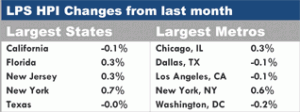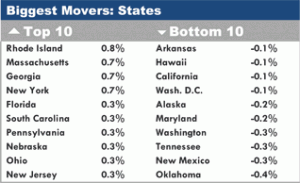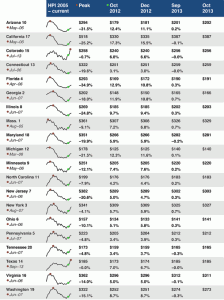From the Star Ledger:
Top 30 N.J. towns with heaviest tax burden based on level of taxes compared to income
The top 30 most heavily taxed N.J. towns:
30. Magnolia (Camden County)
29. Washington Borough (Warren County)
28. Mount Ephraim (Camden County)
27. Pompton Lakes (Passaic County)
26. Pohatcong (Warren County)
25. Willingboro (Burlington County)
24. Irvington (Essex County)
23. Newton (Sussex County)
22. Bloomingdale (Passaic County)
21. Ridgefield Park (Bergen County)
20. Glassboro (Gloucester County)
19. Barrington (Camden County)
18. Somerdale (Camden County)
17. Stratford (Camden County)
16. North Plainfield (Somerset County)
15. Penns Grove (Salem County)
14. Prospect Park (Passaic County)
13. East Orange (Essex County)
12. Haledon (Passaic County)
11. High Bridge (Hunterdon County)
10. Lindenwold (Camden County)
9. Orange (Essex County)
8. Laurel Springs (Camden County)
7. West Orange (Essex County)
6. Lawnside (Camden County)
5. Hillside (Union County)
4. Woodbury (Gloucester County)
3. Salem City (Salem County)
2. Roselle (Union County)
1. Woodlynne (Camden County)



